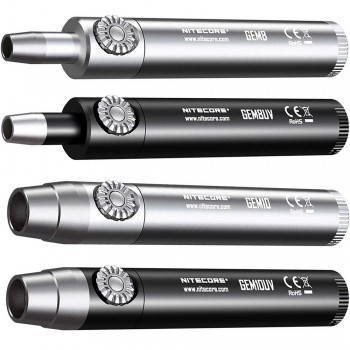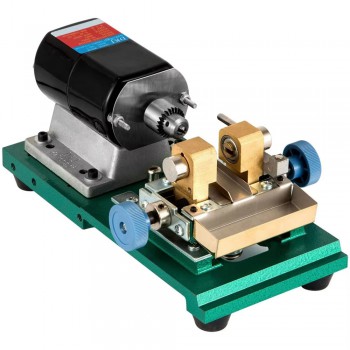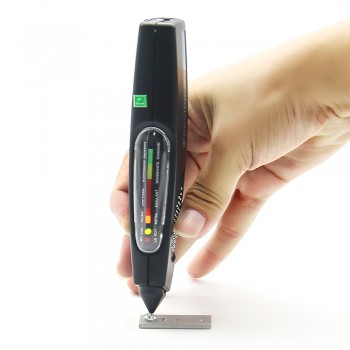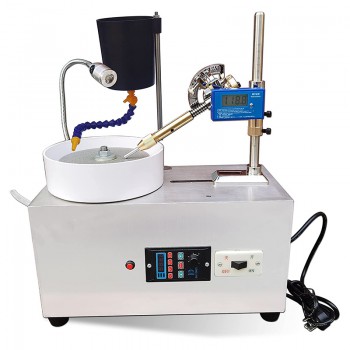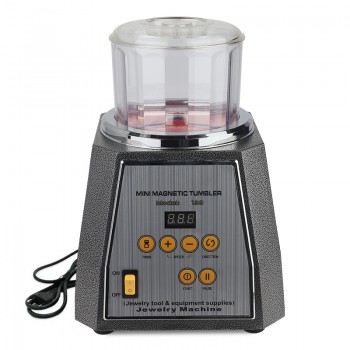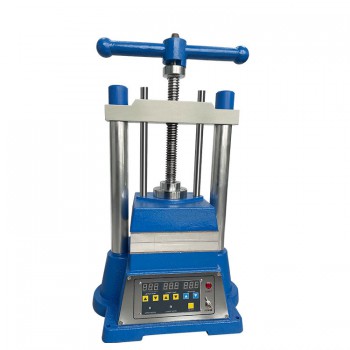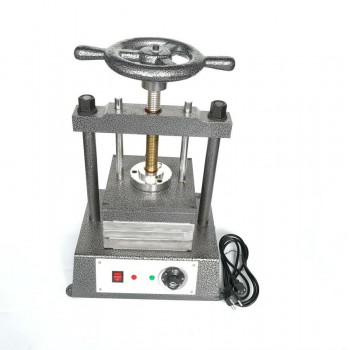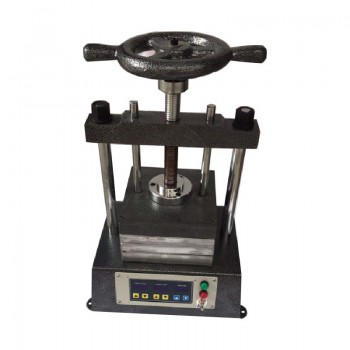
Jewelry Vulcanizer
What is it?
A jewelry vulcanizer is a machine used to produce rubber molds for casting jewelry. It applies heat and pressure to cure rubber around a master model, forming molds that can be reused throughout the casting workflow. These molds support detailed reproduction of rings, pendants, and other components. Models in this category include versions designed for workshop use as well as units equipped with different heating or control configurations.
How does it work?
The machine operates by compressing rubber sheets and a master model within a mold frame while applying controlled heat. As the rubber cures, it conforms to the shape and details of the original model. Temperature and pressure settings are adjusted according to the rubber type and mold requirements. Depending on the model, operation may be manual, semi-automatic, or automated.
What is it used for?
This type of equipment is primarily used to create rubber molds for jewelry casting. Such molds allow multiple copies of detailed designs to be produced efficiently. The unit also supports prototyping, repair work, and small-batch manufacturing. By using a consistent mold-making process, workshops can maintain design accuracy across repeated production cycles.
Advantages
The controlled application of heat and pressure helps maintain dimensional accuracy in molds. Rubber molds created by the equipment can be used repeatedly during the casting process. The unit reduces the time needed to produce multiple molds compared to manual methods. It supports various rubber materials, allowing flexibility in meeting different molding requirements.
What factors should be considered when choosing one?
Platen Size: Select a platen size that matches the mold frames you plan to use.
Temperature Range: Choose a temperature range suitable for the rubber materials used; stable temperature control contributes to mold consistency.
Pressure Application: Consider whether manual, pneumatic, or hydraulic pressure fits your production volume and available resources.
Cycle Control: Many units include digital controls for timing and temperature, supporting repeatable mold production.
Maintenance: Review the ease of servicing, availability of spare parts, and expected lifespan of heating elements and platens.
A jewelry mold vulcanizer supports mold creation for repeated casting cycles and is commonly used in jewelry workshops, training studios, and metalcraft environments. Its configuration and specifications help determine how well it aligns with production requirements.


